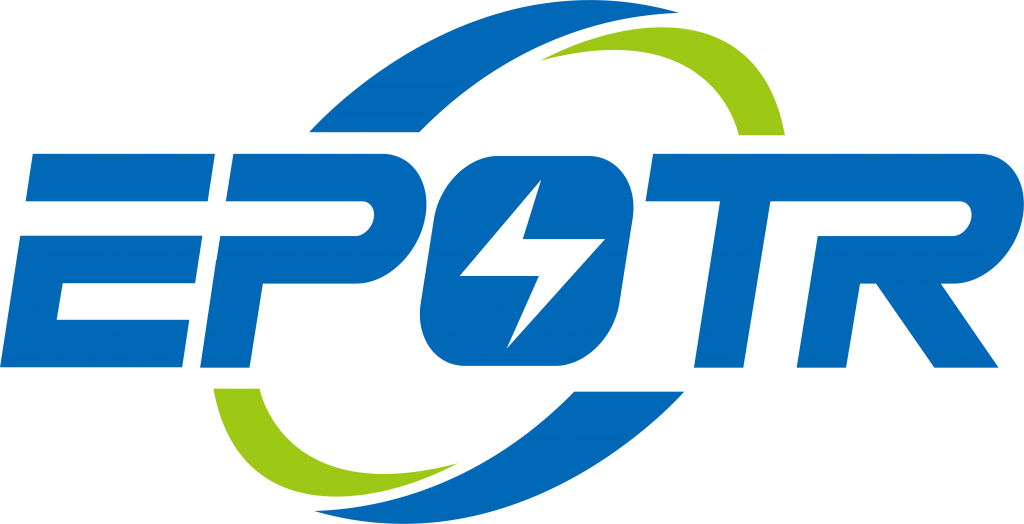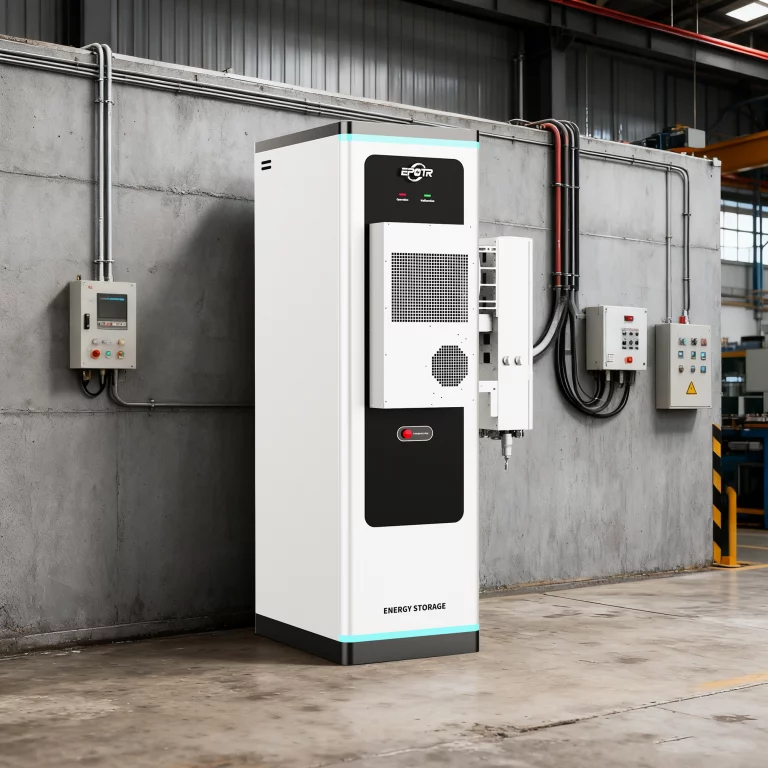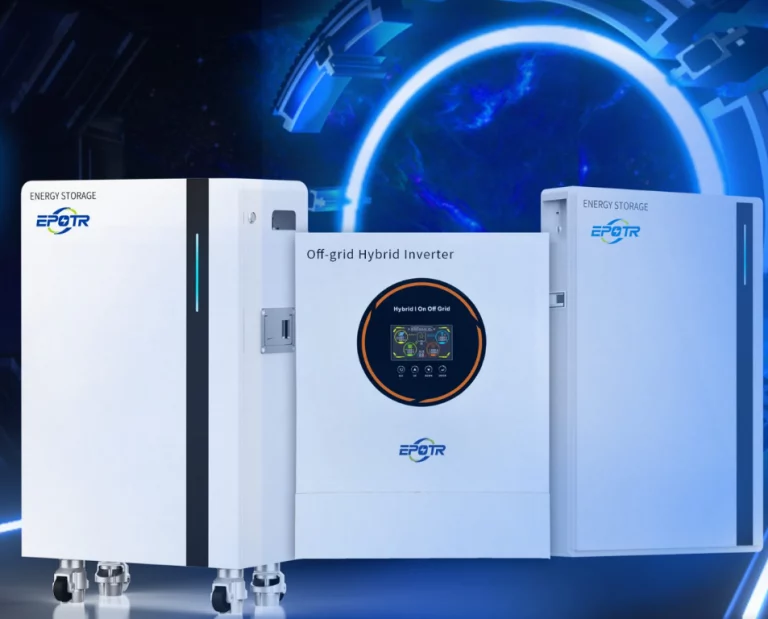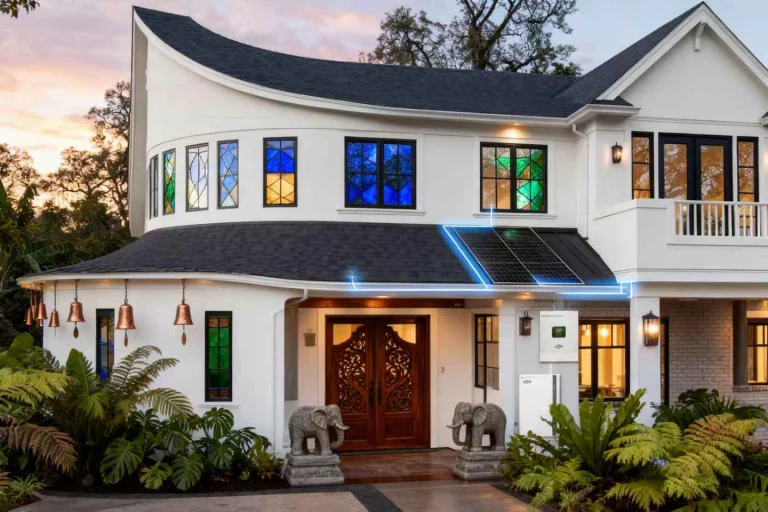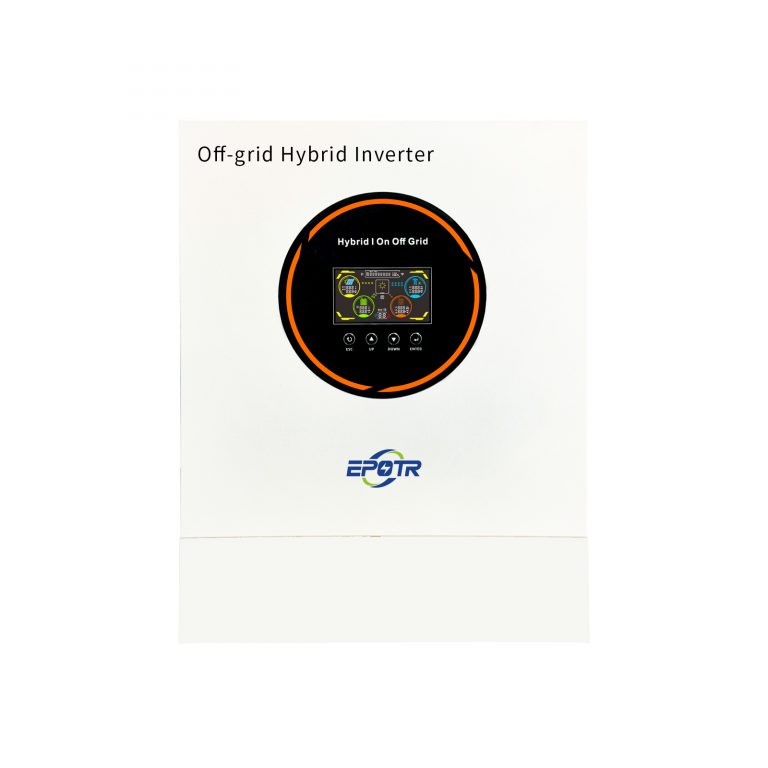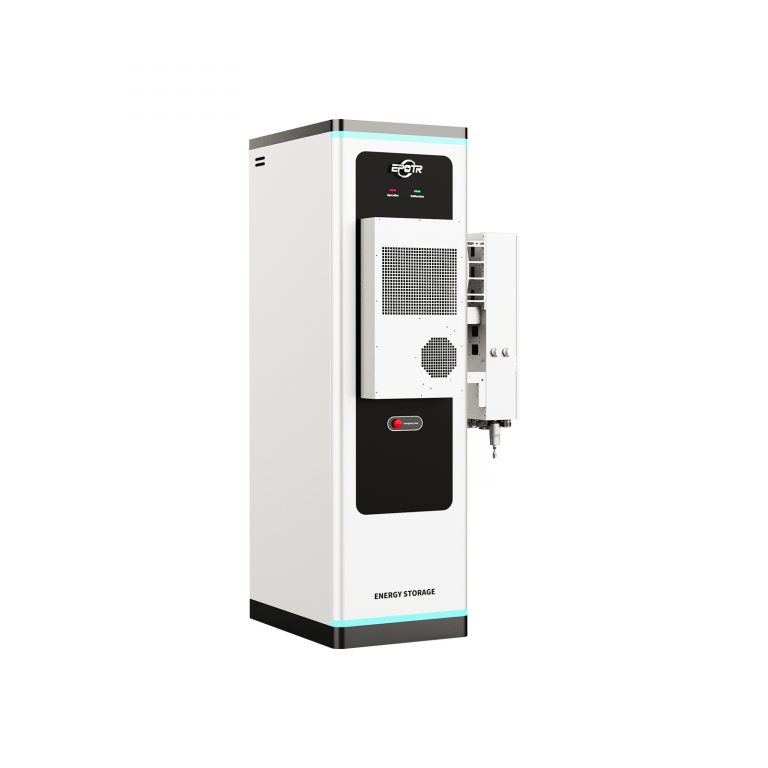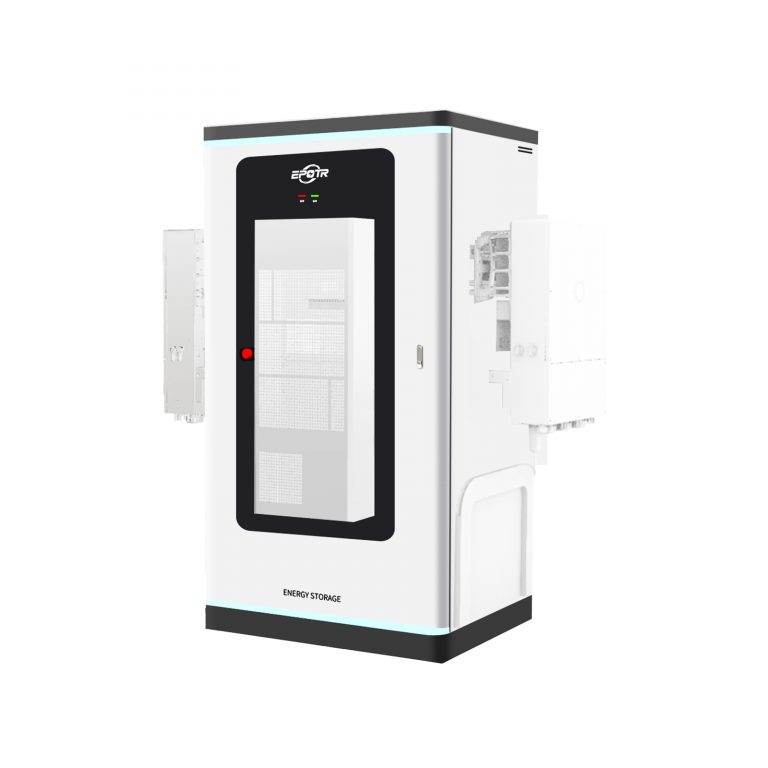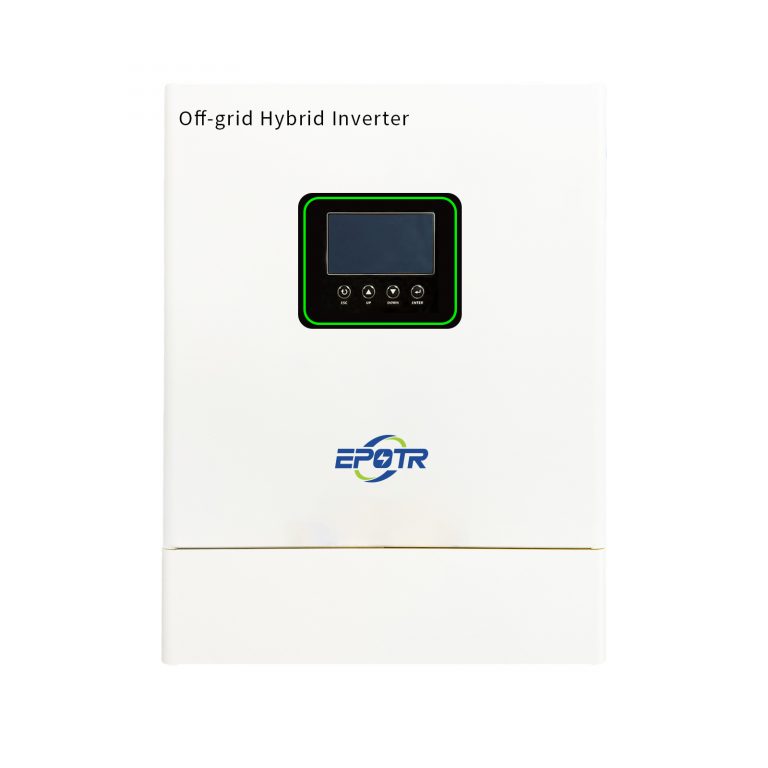Beralih ke tenaga surya terdengar sederhana pada awalnya. Pasangkan panel di atap, biarkan matahari bersinar, dan Anda mendapatkan listrik. Tetapi ketika Anda mulai merencanakan pengaturan nyata, pertanyaan besar muncul. Haruskah sistem terhubung ke jaringan listrik, atau harus berjalan sepenuhnya sendiri? Kedua pilihan ini mengarah ke desain yang sangat berbeda, biaya, dan cara hidup dengan listrik. Sebelum lebih dalam, berikut adalah pandangan cepat tentang perusahaan yang membuat sistem energi lengkap. EPOTR adalah produsen energi bersih yang berbasis di Dongguan, Cina, didirikan pada tahun 2023. Mereka membangun sistem surya lengkap yang mencampurkan inverter, penyimpanan baterai, dan teknologi kontrol cerdas dalam satu paket. Tujuannya adalah untuk memberi rumah dan bisnis daya yang stabil bahkan ketika jaringan lokal gagal.
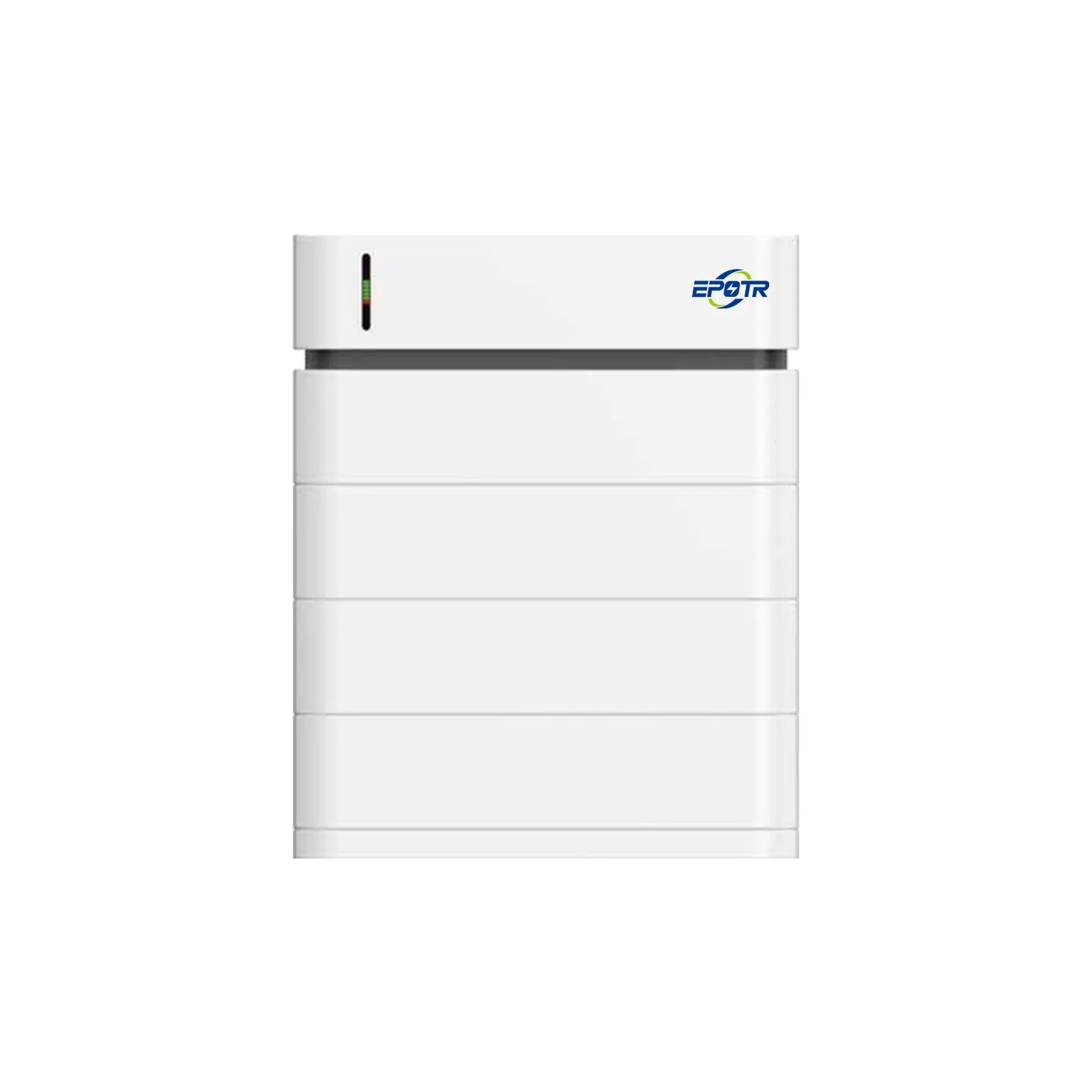
Apa yang Memdefinisikan On-Grid Solar System?
Sistem on-grid menghubungkan panel surya Anda langsung ke saluran listrik lokal. Ketika panel membuat listrik, inverter mengubahnya dari DC ke AC sehingga rumah Anda dapat menggunakannya. Jika panel membuat lebih banyak daya daripada yang Anda gunakan, aliran ekstra ke jaringan dan menurunkan tagihan Anda.
Koneksi ke Jaringan Utilitas Umum
Sistem jaringan bekerja berdampingan dengan jaringan. Ketika matahari bersinar terang, mereka mengurangi tagihan listrik Anda. Ketika awan datang atau malam jatuh, jaringan mengisi daya yang hilang.
Net Metering dan Kapasitas Ekspor Energi
Banyak pengaturan on-grid menawarkan pengukuran bersih. Ini berarti ketika Anda mengirim daya tambahan, Anda mendapatkan kredit. Kredit membantu membayar daya yang Anda gunakan ketika panel tidak menghasilkan cukup.
Ketergantungan pada Ketersediaan Grid untuk Operasi
Jika saluran listrik utama mati, sistem ini mati. Ini adalah aturan keselamatan untuk melindungi pekerja yang memperbaiki saluran. Jadi jika jaringan gagal, panel Anda tidak dapat menjalankan rumah Anda sendiri kecuali baterai ditambahkan.
Apa yang Memiliki Tata Surya Off-Grid?
Sistem off-grid berdiri sendiri. Mereka tidak menggunakan saluran listrik umum sama sekali. Semua yang Anda gunakan berasal dari pengaturan surya dan baterai Anda sendiri. Sistem ini berfungsi dengan baik di tempat-tempat yang jauh dari kota-kota atau di mana pemadaman sering terjadi.
Kemerdekaan dari Jaringan Utilitas Umum
Tidak ada daya cadangan dari luar. Panel surya dan baterai harus menutupi penggunaan daya harian Anda. Setelah Anda menginstal sistem, itu berjalan tanpa membutuhkan saluran listrik di dekatnya.
Penggunaan Sistem Penyimpanan Energi untuk Self-sufficiency
Sebagian besar rumah off-grid menggunakan bank baterai besar. Produk seperti ESS-HV Perumahan yang Dipasang Tumpukan dan ESS-LV Perumahan yang Dipasang Tumpukan menyimpan daya dari matahari di dalam blok baterai lithium besi fosfat yang dapat ditumpuk. Paket ini dapat menjalankan lebih dari 6.000 siklus pengisian pada kedalaman pembuangan 90%. Jika kebutuhan Anda tumbuh, Anda hanya menambahkan lebih banyak blok untuk meningkatkan penyimpanan.
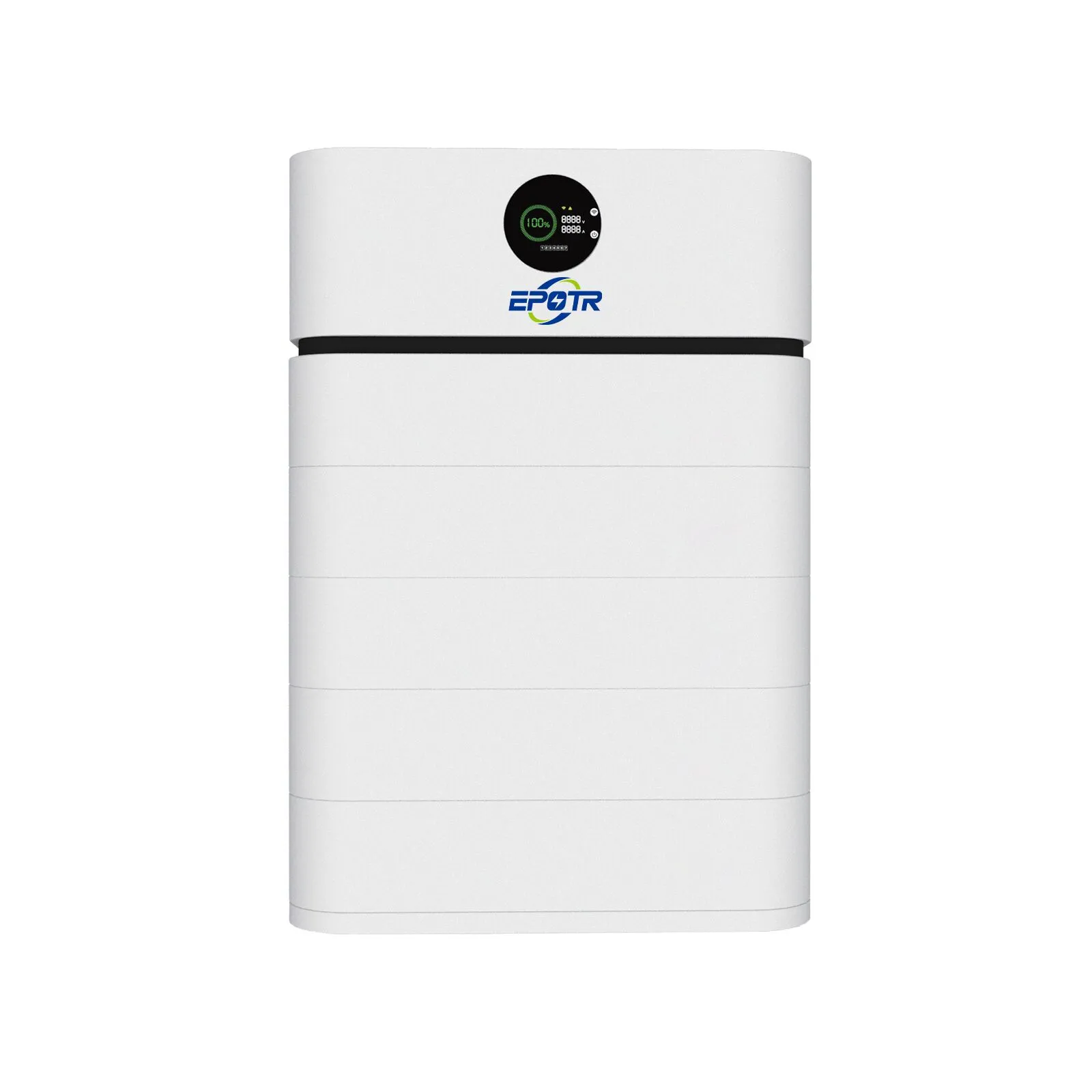
Daya cadangan untuk daerah jaringan jarak jauh dan tidak stabil
Di beberapa bagian Nigeria, listrik digunakan untuk memotong selama berjam-jam setiap hari. Beberapa toko sekarang berjalan sepanjang malam menggunakan bank baterai seperti ini. Tidak ada bau bahan bakar diesel, tidak ada suara mesin yang keras, dan tidak ada pemadaman tiba-tiba di tengah-tengah kerja.
Bagaimana Sistem On-Grid dan Off-Grid Berbeda dalam Arsitektur Sistem?
Kesenjangan terbesar terletak pada bagaimana mereka menggerakkan kekuasaan. Sistem di jaringan mengirim listrik ekstra langsung ke jaringan. Sistem di luar jaringan pertama mengisi baterai, lalu menggunakan daya yang disimpan untuk menjalankan lampu, kipas angin, atau mesin.
Jalur Aliran Energi dan Konversi Daya
Sistem on-grid mendorong energi ke luar ketika panel membuat ekstra. Sistem off-grid menyeimbangannya di dalam rumah Anda, mengirim bagian ke beban Anda dan bagian ke baterai.
Integrasi Baterai vs Direct Grid Feed-In
Sistem On-Grid sering tidak menggunakan baterai. Sistem off-grid bergantung pada mereka. Kinerja mereka tergantung pada ukuran baterai, efisiensi pengisian daya, dan papan keamanan bawaan yang menghentikan pengisian daya berlebihan.
Jenis Inverter dan Perannya
Inverter hibrida seperti Inverter hibrida LV Bisa melakukan kedua pekerjaan. Mereka bekerja dengan jaringan tetapi juga dapat menjalankan baterai selama pemadaman. Hal ini membuat mereka berguna jika Anda ingin campuran dari kedua pengaturan.
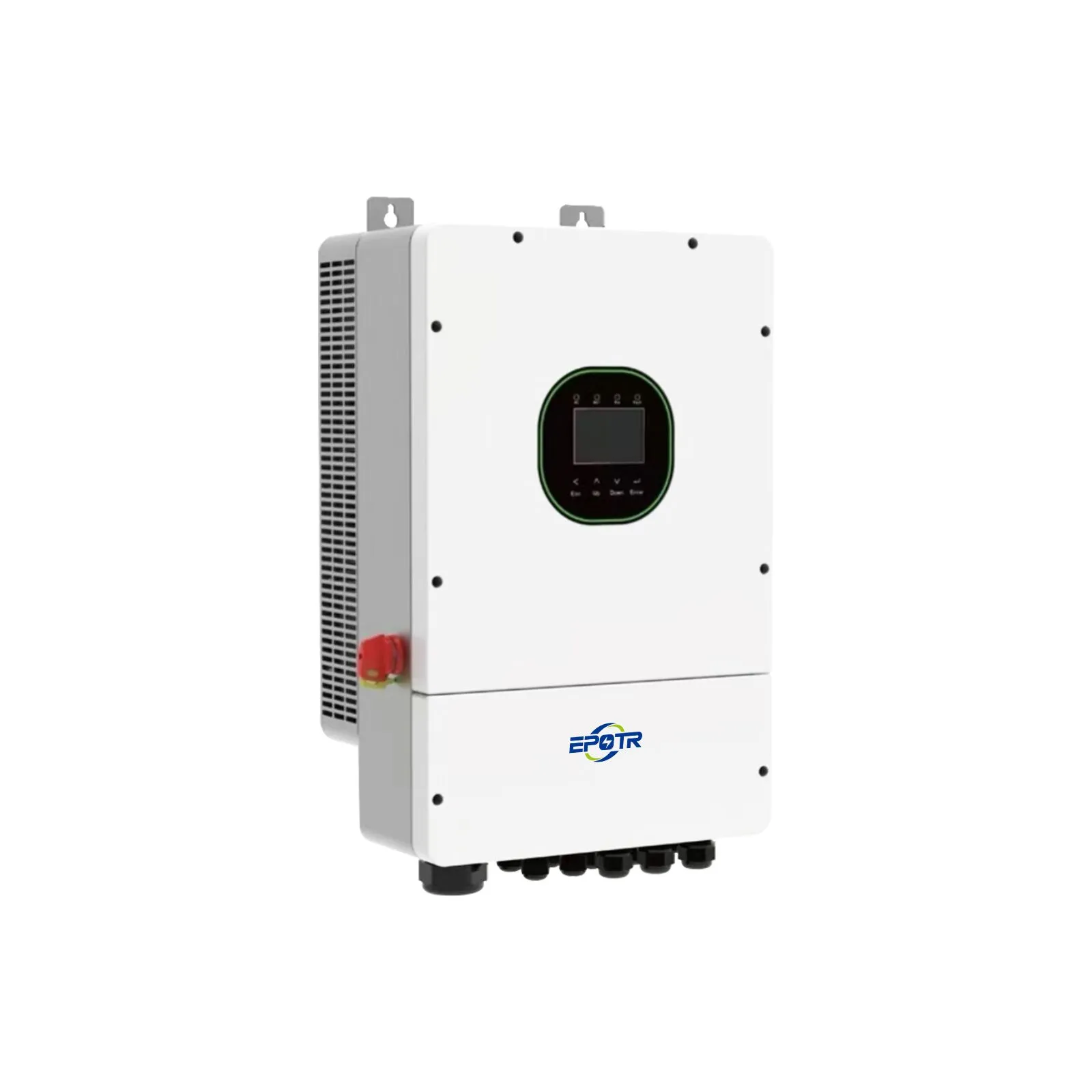
Bagaimana Persyaratan Instalasi dan Pemeliharaan Berbeda?
Pengaturan sistem on-grid biasanya lebih cepat. Ini membutuhkan izin dan tautan ke jalur lokal, tetapi lebih sedikit bagian. Sistem off-grid berdiri sendiri, jadi mereka melewati dokumen utilitas tetapi membutuhkan lebih banyak perencanaan dan peralatan.
Kompleksitas Setup dan Interkoneksi Grid
Sistem on-grid mengikat ke jaringan keamanan jaringan. Ini menambahkan langkah-langkah, seperti inspeksi, tetapi mereka menggunakan lebih sedikit komponen. Pembangunan off-grid membutuhkan lebih banyak peralatan pada awalnya tetapi lebih cepat untuk dimulai setelah dikirimkan ke situs.
Frekuensi Pemeliharaan dan Umur Komponen
Sistem on-grid memiliki lebih sedikit potongan, jadi mereka sering membutuhkan perawatan yang lebih sedikit. Pengaturan off-grid memiliki lebih banyak - baterai, papan pengisian daya, dan kadang-kadang generator cadangan - sehingga mereka membutuhkan pemeriksaan teratur.
Skalabilitas dan Pilihan Ekspansi Masa Depan
Sistem off-grid tumbuh dengan mudah. Anda dapat memulai kecil dengan beberapa blok baterai dan menambahkan lebih lanjut nanti. Unit ESS-HV dan ESS-LV dibangun seperti blok bangunan, ditumpuk rapi untuk memperluas ruang penyimpanan tanpa kabel ulang seluruh sistem.
Bagaimana mereka membandingkan biaya dan pengembalian investasi?
Uang sering membimbing pilihan. Sistem on-grid lebih murah untuk dimulai tetapi membutuhkan jalur listrik yang stabil untuk bekerja dengan baik. Sistem off-grid lebih mahal pada awalnya tetapi dapat menghemat uang jika jaringan lemah atau biaya bahan bakar tinggi.
Biaya Peralatan dan Instalasi Awal
Sistem on-grid tidak membeli baterai, yang menurunkan tagihan pertama. Pengaturan off-grid membutuhkan panel, baterai, dan bagian kontrol, yang meningkatkan harga awal.
Periode Pembayaran dan Tabungan Energi
Sistem on-grid mendapatkan kredit dengan cepat melalui pengukuran bersih. Pengaturan off-grid menghemat lebih banyak dari waktu ke waktu di tempat-tempat di mana pemadaman membunuh jam kerja atau bahan bakar diesel mahal.
Insentif dan Tarif Pemerintah
Beberapa wilayah memberikan diskon pajak atau membayar Anda untuk mengirim listrik ke jaringan. Tempat-tempat terpencil sering tidak, jadi off-grid dapat lebih masuk akal bahkan tanpa hadiah dari pemerintah.
Sistem mana yang lebih cocok untuk berbagai wilayah dan kasus penggunaan?
Tempat tinggal membentuk pilihan terbaik Anda. Rumah kota dengan listrik yang stabil sering masuk ke jaringan. Rumah pedesaan, pulau, dan pertanian sering keluar dari jaringan untuk mendapatkan kontrol penuh atas listrik mereka.
Urban vs Rural atau Remote Area
Di kota-kota, mudah untuk menghubungkan ke jalur listrik. Di desa-desa yang jauh, membawa jalur listrik baru dapat biaya lebih dari membangun sistem surya dan baterai off-grid dari awal.
Kebutuhan Energi Perumahan vs Komersial
Rumah sering hanya ingin memotong tagihan. Pabrik kecil, pertanian, atau bengkel mungkin membutuhkan daya yang stabil untuk menghentikan mesin dari mematikan, baterai mana yang dapat ditangani.
Keandalan Grid dan Kebijakan Energi Lokal
Di mana pemadaman sering terjadi, off-grid terus bekerja. Di mana jaringan tetap stabil dan pengukuran bersih umum, on-grid memberikan penghematan yang stabil.
Bagaimana Solusi EPOTR dapat menjembatani kesenjangan antara On-Grid dan Off-Grid?
Sistem hibrida mencampur kedua dunia. Mereka bekerja dengan jaringan saat menyalakannya dan beralih ke baterai ketika listrik mati. Ini membuat lampu Anda menyala tanpa istirahat.
Keuntungan Sistem Hybrid untuk Fleksibilitas Energi
Inverter hibrida mengikat tenaga surya, baterai, dan grid bersama-sama. Mereka memungkinkan Anda menggunakan sinar matahari di siang hari dan menghemat energi di malam hari atau selama pemadaman.
Beralih mulus antara Grid dan Daya Baterai
Seri LV Hybrid Inverter beralih dalam milidetik jika grid gagal. Lompatan cepat itu membuat kipas angin, kulkas, dan lampu berjalan lancar.
Manajemen Energi Cerdas dan Skalabilitas Masa Depan
Inverter hibrida ini dapat berjalan secara paralel. Anda dapat mulai kecil, kemudian menambahkan lebih banyak unit nanti tanpa membuang sistem pertama Anda. Ini adalah cara sederhana untuk tumbuh saat kebutuhan daya Anda meningkat.
FAQ (Pertanyaan umum)
Q1: Dapatkah sistem surya pada jaringan bekerja selama pemadaman listrik?
A: Tidak, itu mati selama pemadaman untuk menghentikan listrik dari mengalir kembali ke jaringan dan mempertaruhkan keselamatan pekerja.
Q2: Bisakah baterai ditambahkan ke sistem on-grid yang ada?
J: Ya, menambahkan inverter hibrida dapat menghubungkan baterai baru ke sistem on-grid lama.
Q3: Sistem mana yang lebih baik untuk bisnis kecil di daerah terpencil?
A: Sistem off-grid dengan baterai cocok dengan toko jarak jauh yang terbaik karena menjalankan mesin tanpa daya jaringan.
